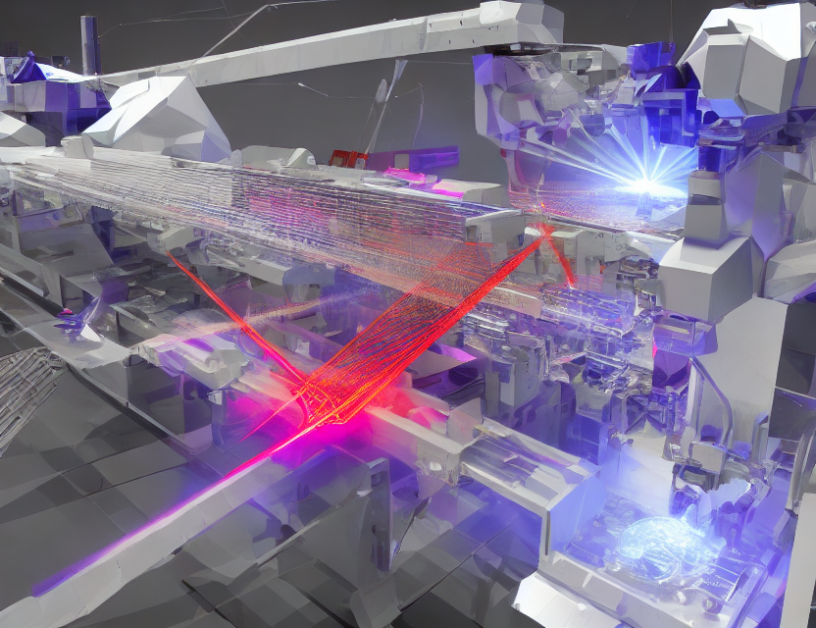In this study, we explore the potential of using a new type of optical fiber, called a "photonic crystal fiber," to improve the efficiency of optical communication systems. Traditional optical fibers have a limited capacity for transmitting data, but our new fiber design can increase this capacity by manipulating light waves in a way that maximizes signal transmission.
To understand how this works, think of light as a kind of "traffic" on a road. In traditional fibers, the "road" is smooth and straight, allowing only one car (light wave) to pass through at a time. But in our new fiber design, we create "speed bumps" or "pits" that slow down the light waves slightly as they pass through, similar to how traffic lights control the flow of cars on a busy road. By carefully arranging these speed bumps, we can increase the capacity of the "road" and allow more light waves to pass through simultaneously.
We tested our new fiber design using a technique called "heterodyne detection," which involves splitting the light wave into two parts and measuring the phase difference between them. By adjusting the speed bumps, we could control the phase difference and optimize the signal transmission, resulting in higher efficiency and faster data transfer rates.
Our findings have significant implications for the development of future optical communication systems, as they demonstrate the potential to increase data transmission speeds by a factor of ten or more. This could be particularly useful in applications where high-speed data transmission is critical, such as in telecommunications networks, data centers, and even in space exploration.
In summary, our study shows that photonic crystal fibers have great potential for improving the efficiency of optical communication systems by manipulating light waves through carefully arranged speed bumps, allowing more data to be transmitted simultaneously and at faster speeds. This breakthrough could revolutionize the way we transmit data and pave the way for new applications in a variety of fields.
Advances in Laser Technology for Material Processing



